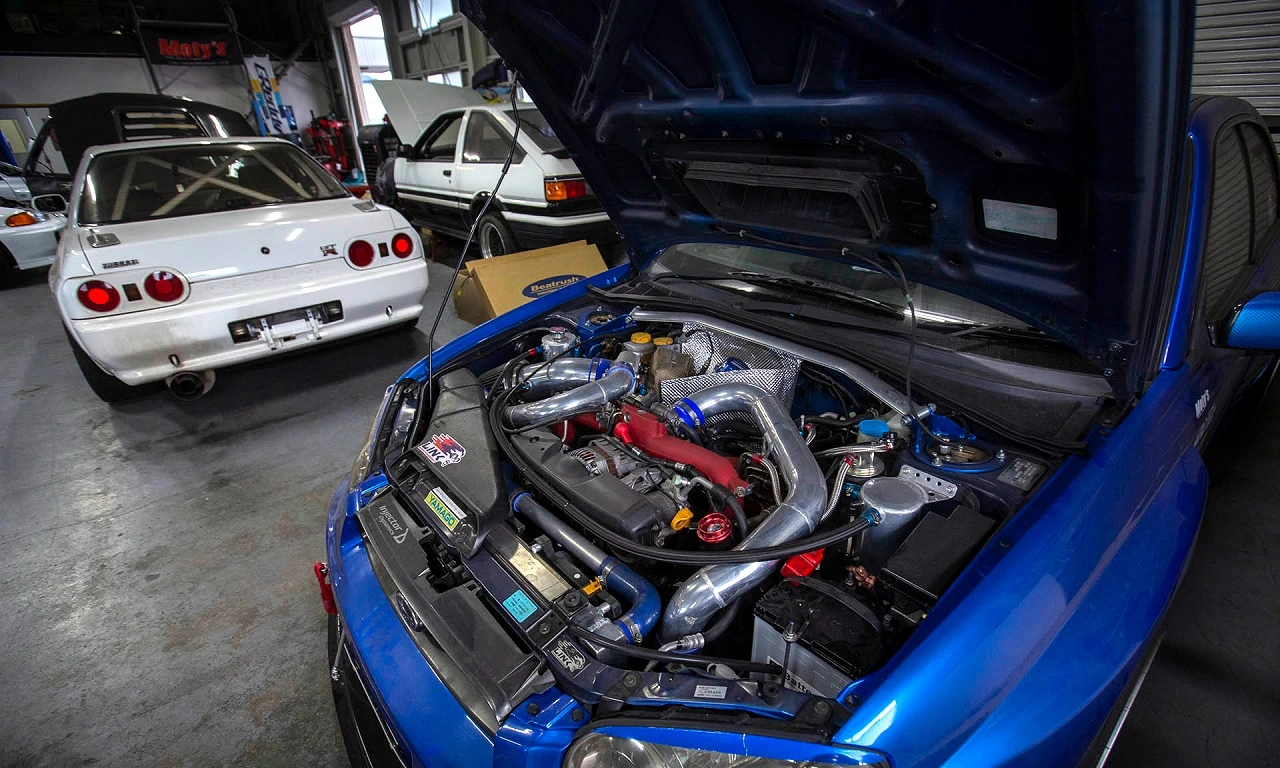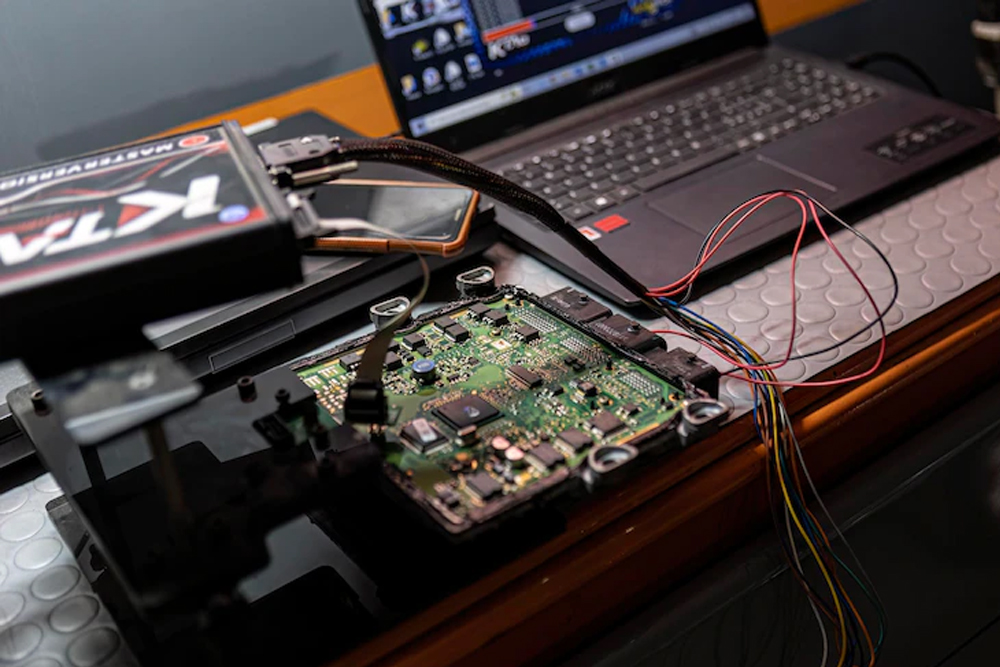Car tuning, often referred to as “chipping” or “modding,” is the process of enhancing a vehicle’s performance, appearance, and overall driving experience. Enthusiasts and professional mechanics alike delve into the world of car tuning to extract more power, optimize fuel efficiency, and personalize their rides. In this article, we’ll explore what car tuning entails and provide a detailed guide on how to tune a car.

What is Car Tuning?
Car tuning is the art and science of modifying a vehicle’s components to achieve specific performance goals. This can include boosting horsepower, improving handling, enhancing fuel efficiency, and even refining the aesthetic appeal of the car. The process involves tweaking or replacing various parts of the vehicle to optimize its performance characteristics.
Key Components of Car Tuning:
ECU Tuning
The easiest way to make more power, especially forced induction cars, is a remap. It wouldn’t be a guide on how to tune a car without mentioning ECU remapping. Mapping is the only way to optimize engine settings such as fueling, ignition timing and boost. Car enthusiasts often encounter the terms “Stage 1,” “Stage 2,” and “Stage 3.” These stages represent progressive levels of ECU modification and we gave details about stages in another article. ECU Tuning includes:
- Performance Chips: Upgrading the engine control unit (ECU) with a custom performance chip can optimize fuel injection, ignition timing, and other critical parameters to increase horsepower and torque.
- ECU Remapping: Altering the ECU’s programming to optimize engine performance. This may involve adjusting air-fuel ratios and ignition timing.
Exhaust System Upgrades
Next up on our car tuning guide is an obvious one, performance exhausts. If your induction setup controls how effectively your engine can breathe in, your exhaust takes care of the breathing out.
- Headers and Manifolds: Installing high-performance headers and manifolds can enhance exhaust gas flow, improving engine efficiency and power.
- Performance Exhaust Systems: Upgrading the exhaust system with larger-diameter pipes and high-flow mufflers can reduce backpressure, boosting horsepower and producing a more aggressive exhaust note.
Turbocharging and Supercharging:
- Turbochargers and Superchargers: Forced induction systems compress air entering the engine, allowing more fuel to be burned and significantly increasing power output.
Suspension Tuning:
- Coilovers: Adjustable coilover suspension systems enable fine-tuning of ride height and damping, improving handling and cornering performance.
- Sway Bars: Upgrading sway bars reduces body roll during cornering, enhancing overall stability.
Brake Upgrades:
- Upgraded Brake Pads and Rotors: High-performance brake pads and rotors improve stopping power and reduce brake fade during intense driving conditions.
Transmission and Drivetrain:
- Short-Shift Kits: Shorter shifter throws enhance the precision of gear changes, improving the driving experience.
- Limited Slip Differentials: Upgrading the differential can enhance traction and stability during acceleration.

How to Tune a Car – Step by Step:
Set Goals:
- Define your objectives for tuning, whether it’s increasing horsepower, improving handling, or enhancing fuel efficiency.
Research and Plan:
- Research compatible tuning options for your specific make and model.
- Create a comprehensive plan based on your goals and budget.
Engine Tuning:
- Upgrade the ECU with a performance chip.
- Install an aftermarket air intake system for improved airflow.
Exhaust System Upgrades:
- Consider headers, manifolds, and a performance exhaust system.
Forced Induction Systems:
- Explore options for turbocharging or supercharging.
Suspension Tuning:
- Install adjustable coilovers for personalized ride height and damping.
- Upgrade sway bars for improved stability during cornering.
Brake Upgrades:
- Consider high-performance brake pads and rotors for improved stopping power.
Transmission and Drivetrain:
- Install a short-shift kit for smoother and quicker gear changes.
- Upgrade the differential for enhanced traction.
Professional Tuning and Testing:
- Consult with a professional tuner to fine-tune the modifications for optimal performance.
- Test the car in controlled environments to ensure safety and performance.
Conclusion:
Car tuning is a thrilling journey for automotive enthusiasts, allowing them to unlock the full potential of their vehicles. Whether you’re looking to boost power, enhance handling, or simply make your car stand out, the world of car tuning offers a myriad of possibilities. By understanding the key components and following a systematic tuning process, you can transform your ride into a personalized and high-performance machine. Remember, the key to successful car tuning lies in careful research, planning, and a passion for the open road.
